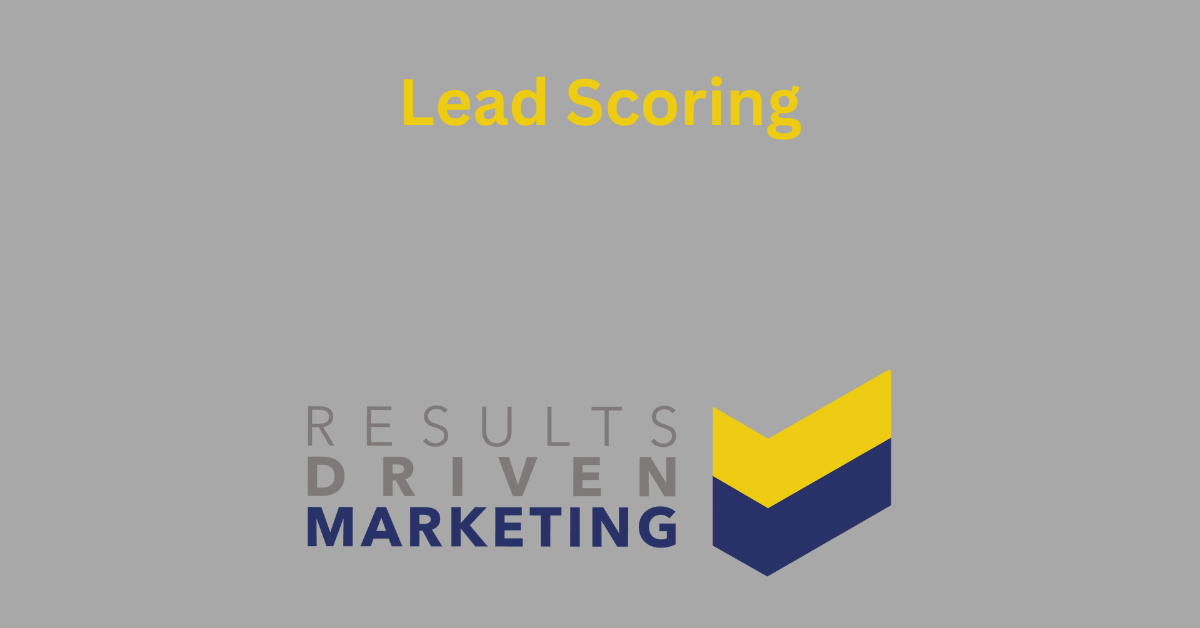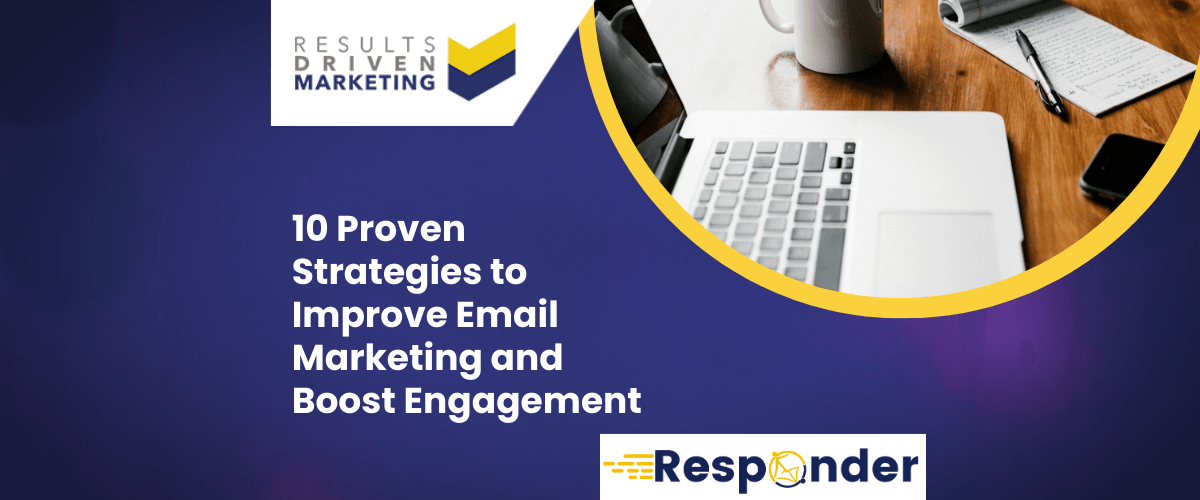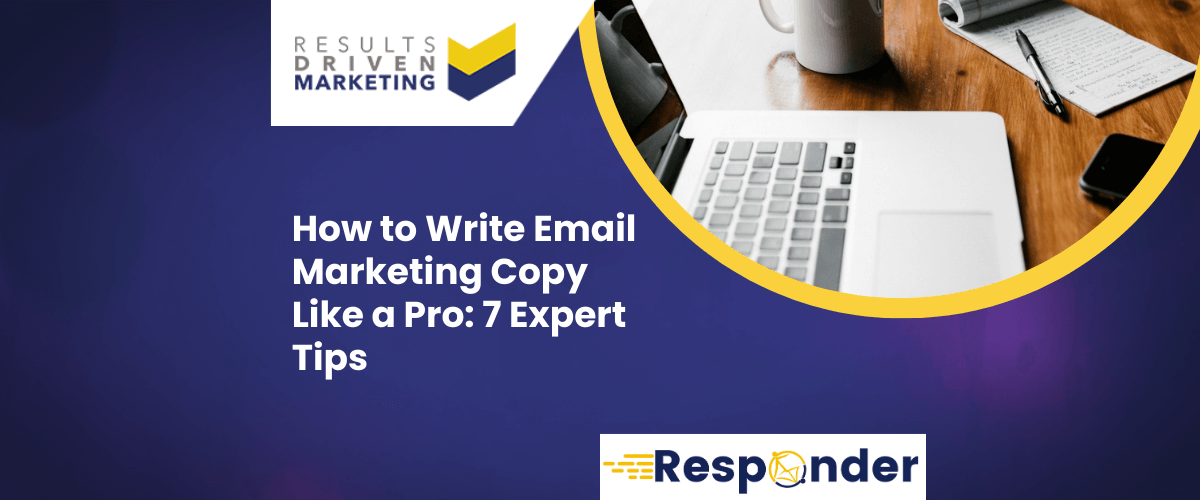
Lead Scoring – The Complete Guide
Lead scoring is an essential process for modern sales and marketing teams that are looking to increase revenue and grow their customer base.
Lead scoring is the practice of analysing and ranking leads based on their attributes and behaviours, allowing businesses to prioritise their efforts and focus on the leads that are most likely to become customers.
By implementing a structured lead-scoring process, businesses can streamline their sales and marketing strategies, target the most promising leads, and ultimately boost their conversion rates.
In this article, we will explore the benefits of lead scoring, the different approaches to lead scoring, and some best practices for implementing a lead scoring system.
To speak to one of our experts, contact us today
What is lead scoring and why is it important in marketing?
Lead scoring is an essential aspect of marketing that helps organisations measure and manage leads scoring effectively.
It is a process of analysing and categorising prospects based on their engagement with your brand, providing a numerical score indicating their level of interest in your offerings and where they are in the buying journey.
Lead scoring allows businesses to focus their energy and resources on the leads scoring with the most potential to become paying customers.
With a lead’s score, businesses can determine the type of follow-up action to take, whether it’s sending nurture campaigns to warm up low-scoring leads or following up with high-scoring leads through personalised campaigns or direct outreach.
The benefits of lead scoring are numerous.
It helps marketers prioritise and allocate resources efficiently to improve conversion rates, reduce sales cycles, and increase sales revenue.
In addition, it enables you to understand the needs and interests of buyers and create targeted campaigns aimed at satisfying their needs. As a result, it helps to increase engagement levels and customer retention.
With lead scoring, businesses can also identify patterns and behaviour that may indicate readiness to purchase.
For instance, a high score coupled with specific activities such as downloading a white paper or attending a webinar tells you that the lead is more engaged and closer to making a purchase than a lead who opened only one email.
Such insights enable your sales team to respond more appropriately and close more deals.
In conclusion, lead scoring is critical in marketing as it offers a data-driven approach to understand buyer behaviour and preferences.
It enables the sales and marketing teams to work together more effectively, helping to nurture and convert leads into customers.
With lead scoring, businesses can make more informed decisions, streamline operations, create more precise campaigns, and increase their bottom line profitability.
To speak to one of our experts, contact us today
Different methods of lead scoring – explicit vs implicit scoring.
Lead scoring is an important aspect of any business that is seeking to maximise its sales and marketing efforts.
It also helps a business prioritise its leads scoring and focus its resources on the most promising prospects.
There are two different methods of lead scoring: explicit and implicit scoring.
Explicit scoring
Explicit scoring is a method of scoring that requires the prospect to take specific actions that indicate their level of interest in a product or service.
These actions might include filling out a form on a website, downloading a white paper, or subscribing to a newsletter.
This method of lead scoring is often used in conjunction with marketing automation tools, which can track and analyse a prospect’s interactions with a website or other marketing materials.
Explicit scoring allows a business to identify the most engaged prospects and prioritise them for further marketing efforts.
Implicit scoring
Implicit scoring, on the other hand, is a method of lead scoring that does not require the prospect to take specific actions.
Instead, it relies on the prospect’s behaviour and digital footprint to determine their level of interest in a product or service.
This method of lead scoring is often used in conjunction with predictive analytics tools, which can analyse data such as the prospect’s website activity, social media interactions, and email behaviour to determine their intent and interest.
Implicit scoring allows a business to identify prospects who may not have taken specific actions, but whose behaviour indicates that they are highly interested in a product or service.
Which method is best?
Both explicit and implicit scoring methods have their advantages and disadvantages.
Explicit scoring is more straightforward and easier to implement, as it relies on specific actions taken by prospects.
However, it may miss out on highly interested prospects who have not taken the specific actions that are being tracked.
Implicit scoring, on the other hand, is more complex and requires advanced analytics tools.
However, it can be more effective at identifying highly engaged prospects who may not have taken specific actions. Implicit scoring requires more sophisticated technology and data analytics.
In conclusion, both explicit and implicit scoring have their strengths and weaknesses.
The decision of which method to use will depend on a business’s specific needs and resources.
However, regardless of which method is used, lead scoring is an essential tool for any business seeking to optimise its sales and marketing efforts.
To speak to one of our experts, contact us today
Factors involved in lead scoring – demographic, behavioural and firmographic data.
Lead scoring is a crucial process in the world of marketing that aims to identify and prioritise leads worth pursuing.
The process of lead scoring involves assigning a score or a ranking to a lead based on their likelihood to convert into a paying customer.
The factors involved in lead scoring can be broadly categorised into three types – demographic, behavioural and firmographic data.
Demographic data
The first category of factors is demographic data.
Demographic data refers to information such as age, gender, job title, etc. that can be used to develop an understanding of a lead’s preferences and interests.
Demographic data can be highly useful in scoring, as it can provide valuable insights into the needs and motivations of the leads.
For instance, if a company is looking to sell high-end luxury goods, then leads who are older and occupy high-level positions may be more likely to make a purchase.
Behavioural data
The second category of factors is behavioural data.
Behavioural data refers to the actions that a lead takes, such as clicking on a link, downloading content or attending a webinar, etc.
Behavioural data can be used to understand a lead’s level of interest and engagement with a brand.
Leads who are highly engaged with a brand may be more likely to convert into paying customers.
Conversely, leads who show little interest or engagement may not be worth pursuing.
Firmographic data
The third category of factors involved in lead scoring is firmographic data.
Firmographic data refers to information about a lead’s organisation, such as the size of the company, its industry, and its revenue, etc.
Firmographic data can help in assessing a lead’s purchasing power and whether they are a good fit for a particular product or service.
For example, if a company specialises in providing accounting software for small businesses, then leads from large corporations may not be a good fit.
Conclusion
All three categories of factors are essential in lead scoring, and they must be considered together to create a holistic view of a lead.
While demographic, behavioural and firmographic data all play significant roles, the weight given to each of these categories may vary depending on the business and its needs.
By analysing these factors accurately, teams can identify high-value leads and direct their efforts towards nurturing these leads effectively.
In summary, lead scoring is a complex process that involves understanding and analysing a variety of data points.
However, by utilising these factors effectively, businesses can prioritise their efforts and increase their chances of converting leads into paying customers.
To speak to one of our experts, contact us today
The lead scoring process – data collection and gathering, lead nurturing and lead prioritisation.
The lead scoring process is an essential part of any marketing and sales strategy.
It allows businesses to identify and prioritise potential customers based on their level of engagement and interest in the product or service offering.
The lead scoring process involves three key stages: data collection and gathering, lead nurturing, and lead prioritisation.
The first stage of the lead scoring process is data collection and gathering.
This stage involves collecting and analysing data on leads to determine their level of interest in the product or service offering.
The data collected may include demographic information, website engagement data, email open and click-through rates, social media interactions, and more.
This data is then used to assign a score to each lead based on their level of engagement and interest.
The second stage of the lead scoring process is lead nurturing.
This stage involves developing and executing a targeted marketing and sales strategy to engage and nurture leads.
This may include personalised email campaigns, social media interactions, targeted ads, and more.
The goal of lead nurturing is to maintain active engagement with potential customers and provide them with relevant information and resources to help them make an informed decision.
The third stage of the lead scoring process is lead prioritisation.
This stage involves using the data collected and the engagement level of each lead to prioritise them for further marketing and sales efforts.
Leads with higher scores and greater engagement are more likely to convert into customers and should be prioritised for further follow-up.
Overall, the lead scoring process is a critical aspect of any marketing and sales strategy.
By gathering and analysing data on leads, nurturing their engagement, and prioritising them for follow-up, businesses can improve their chances of converting potential customers into loyal customers.
To speak to one of our experts, contact us today
Automation tools and software that enable lead scoring.
Lead scoring is an essential aspect of any effective sales and marketing strategy.
It allows companies and businesses to prioritise leads based on their level of interest and interactions with the brand.
While manual lead scoring is possible, it can be time-consuming and prone to errors.
This is where automation tools and software come in.
There are several automation tools and software that enable lead scoring, and in this article, we will discuss some of the most popular ones.
1. HubSpot:
HubSpot is an all-in-one marketing platform that includes lead scoring as one of its features.
It uses a combination of demographic and behavioural data to score leads on a scale of 0-100.
With HubSpot, businesses can set up automated lead scoring workflows and assign scores to leads based on their interactions with the brand.
2. Marketo:
Marketo is another popular marketing automation tool that offers lead scoring capabilities.
It enables businesses to score leads based on their engagement levels, such as website visits, form submissions, email opens, and click-through rates.
With Marketo, businesses can create custom scoring models and assign scores based on the importance of each interaction.
3. Pardot:
Pardot is a marketing automation tool from Salesforce that offers lead scoring as one of its features.
It allows businesses to score leads based on both implicit and explicit data, such as job title, industry, website visits, and email engagement.
With Pardot, businesses can create custom scoring models and adjust scores based on the specific needs of their sales team.
4. LeadSquared:
LeadSquared is a marketing automation and CRM software that allows businesses to score leads based on their behaviour and attributes.
It offers AI-powered lead scoring that identifies high-quality leads and prioritises them for sales team follow-up.
With LeadSquared, businesses can automate their lead scoring process and get insights on the performance of their marketing campaigns.
5. Infusionsoft:
Infusionsoft is a CRM and marketing automation tool that offers lead scoring capabilities.
It allows businesses to score leads based on their behaviour and interactions with the brand, such as email opens, website visits, and form submissions.
With Infusionsoft, businesses can set up automated lead scoring workflows and prioritise leads for their sales team.
In conclusion, automation tools and software make lead scoring more efficient and accurate.
By automating the lead scoring process, businesses can save time and resources while improving the effectiveness of their sales and marketing efforts.
To speak to one of our experts, contact us today
Building a lead scoring model – using predictive analytics, creating a scoring framework, and establishing thresholds.
Lead scoring is an integral part of sales and marketing efforts aimed at identifying the most promising leads and customers to generate more revenue.
In today’s world of data analytics, lead scoring has become more complex and sophisticated, involving predictive analytics, creating a scoring framework, and establishing thresholds to increase accuracy and efficiency.
The first step in building a lead scoring model is to gather relevant data, which will provide insights into your customer’s behaviour and preferences.
This data includes demographics, behaviour, interactions with your brand, and historical purchase information.
Once you have collected relevant data, you need to use predictive analytics to identify the key factors that indicate a lead’s likelihood to convert.
With these insights, you can create an algorithm that predicts the probability of a lead becoming a customer.
Creating a scoring framework is the next crucial step.
This framework helps you assign scores to each lead based on their behaviour and interactions with your brand.
For instance, a prospect who subscribes to your newsletter or downloads a white paper is more likely to convert compared to someone who visits your website once and leaves.
To create a scoring framework, you need to assign values to each behaviour, such as email opens or website visits, based on its significance in the lead’s buyer journey.
You can also adjust the values depending on the lead’s interest and intent.
Finally, you need to establish thresholds to identify the most qualified leads to pursue.
The threshold is set based on the desired conversion rate, and the score needed to reach the threshold is an indicator of the lead’s readiness to purchase.
A scoring model with clear thresholds helps your sales and marketing team focus their efforts on the most promising leads and optimise their time and resources.
In conclusion, building a lead scoring model using predictive analytics, creating a scoring framework, and establishing thresholds requires a data-driven approach to maximise its effectiveness in identifying the most qualified leads.
By using a lead scoring model, you can better target your sales and marketing efforts and generate more revenue.
To speak to one of our experts, contact us today
Measuring and optimising your lead scoring – A/B testing, evaluating effectiveness over time and making updates.
Lead scoring is a crucial part of any successful sales strategy.
Lead scoring helps businesses identify which leads are most likely to convert into paying customers.
And while the process of lead scoring may seem straightforward, it can be complex, especially when you want to optimise the process.
In this part of the article, we’ll talk about measuring and optimising your lead scoring, including A/B testing, evaluating effectiveness over time, and making updates to improve your ROI.
A/B Testing
A/B testing is a popular method for measuring the effectiveness of lead scoring methods.
This method compares two different lead scoring models to determine which one performs better.
For example, you might want to compare a demographic-based scoring model with a behaviour-based scoring model.
You could create two groups of leads (one for each model) and then track their progress through the sales funnel to see which approach leads to more conversions.
When conducting A/B testing, it’s essential to keep in mind that you should only test one variable at a time.
This means that if you’re testing your lead scoring model, you should only change one aspect of the model for your test.
For example, you could test whether increasing the point values assigned to certain behaviours leads to better results.
Evaluating Effectiveness Over Time
Your lead scoring model is not set in stone, and it’s essential to evaluate its effectiveness over time.
It’s crucial to look for trends in the data to determine whether the model is still accurate.
For example, you may notice that certain behaviours that used to be good indicators of conversion are no longer as effective. In that case, you can adjust your scoring to reflect the new reality.
When evaluating your lead scoring model, it’s important to assess both positive and negative trends.
Positive trends like an increase in the number of conversions can signal a need to conserve your lead scoring model.
Negative trends like a decrease in the number of conversions can indicate that it may be time to make changes to your scoring model.
Making Updates
Making updates to your lead scoring model can improve conversion rates, but it is crucial to be careful when making updates.
You should have a strong understanding of how your scoring model works before you make any changes.
Updating too many variables at once can make it difficult to identify which change led to the improvement or decline in conversion rates.
When making updates to your lead scoring model, it’s important to test the updated model before implementing it.
You can use A/B testing to compare the updated model to the existing model to see whether
the changes have improved its effectiveness.
If the updated model is performing better, you can implement it company-wide.
In conclusion, optimising your scoring model requires continuous evaluation and updates.
A/B testing can help you measure the effectiveness of different scoring models, allowing you to identify the most efficient approach.
Evaluating your model over time can help you spot trends and adapt your strategy accordingly.
Finally, when making updates to your model, be careful and test it thoroughly before implementation.
With these strategies, you can ensure that your model is always up-to-date and optimised to drive conversions and increase revenue.
To speak to one of our experts, contact us today
Aligning sales and marketing – how lead scoring ensures that leads are prioritised, and what impact this has on the relationship between the two teams.
The relationship between sales and marketing is often complex and prone to friction.
Sales teams need leads to hit their targets, but marketing teams don’t want to waste resources on unqualified or low-priority leads.
Luckily, implementing a lead scoring system can help align these teams, improving communication and collaboration while streamlining the sales process.
Here’s how it works.
Lead scoring is the process of assigning a score or rank to each lead based on its quality and likelihood to convert.
This is done by analysing various data points such as demographic information, firmographics, behaviour on the website, and engagement with marketing campaigns.
Once leads are scored, sales teams can prioritise which ones to focus on.
High-scoring leads receive more attention, as they have a higher likelihood of turning into paying customers.
Low-scoring leads can either be disqualified or nurtured further until they become more qualified.
This process has numerous benefits for both sales and marketing teams.
For sales teams, scoring eliminates the need to sift through low-quality leads in search of fruitful prospects.
This saves time and effort, allowing sales representatives to focus on higher-priority leads and improve their conversion rates.
Marketing teams, on the other hand, benefit from lead scoring by more effectively targeting their efforts.
By honing in on high-scoring leads, they can create campaigns and content that better target the interests and pain points of their audience.
This improves the chances of converting leads into paying customers and strengthens the overall relationship between the two teams.
In addition, lead scoring provides both teams with a common language for discussing lead quality.
No longer is it a matter of opinion or guesswork – leads are ranked based on objective criteria, reducing the likelihood of conflicts or misunderstandings.
Overall, aligning sales and marketing through lead scoring can lead to improved efficiency, more targeted marketing efforts, and stronger collaboration between teams.
By using data to prioritise leads, businesses can create a more seamless and effective sales process while fostering a better relationship between their sales and marketing teams.
The Importance of data quality and optimising lead scoring with data enrichment
In today’s data-driven business environment, it is essential to have high-quality data to achieve success.
Poor quality data can have a negative impact on decision-making, lead generation, and customer relationships.
Therefore, it is crucial to prioritise data quality in lead generation and optimise lead scoring with data enrichment.
Data quality refers to the accuracy, completeness, relevance, and consistency of information.
High-quality data ensures that organisations make informed decisions based on reliable and accurate information.
Inaccurate or incomplete data can lead to flawed decisions, missed opportunities, negative customer experiences, and ultimately, lost revenue.
Optimising lead scoring with data enrichment involves leveraging third-party data and tools to enhance your database with additional information.
This data includes demographic and firmographic information, as well as behavioural and transactional data, which can be used to improve lead scoring and segmenting.
By utilising data enrichment, organisations can get a better understanding of their target audience and create personalised marketing campaigns.
Additionally, data enrichment allows organisations to identify and prioritise the most promising leads, shorten the sales cycle, and improve lead-to-customer conversion rates.
This process also helps to reduce the number of unqualified leads that enter the sales pipeline, saving valuable time and resources.
To achieve successful data quality and optimisation of scoring, organisations should implement best practices, including proactive data cleansing, standardisation, and validation.
They should also establish a data governance policy that outlines procedures for data collection, storage, and management.
Furthermore, it is crucial to select dependable third-party enrichment providers with a proven track record of delivering reliable data.
In conclusion, data quality is a critical aspect of success in any business, and optimising lead scoring with data enrichment is an effective strategy for improving lead generation and customer relationships.
By prioritising data quality and utilising data enrichment tools, organisations can make informed decisions, improve lead-to-customer conversion rates, and ultimately, achieve a more successful business outcome.
To speak to one of our experts, contact us today





